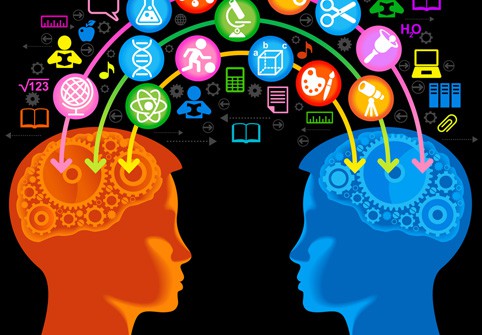
Image Source: Google
Technology has revolutionized the way we live, work, communicate, and even learn. In the field of education, digital tools have had a significant impact on the teaching and learning process. These tools, ranging from simple applications to complex online platforms, have transformed traditional teaching methods and provided students and educators with new opportunities to engage, collaborate, and learn in exciting ways.
One of the most significant impacts of digital tools on the teaching and learning process is the ability to personalize instruction. With the help of digital tools, educators can cater to the individual learning needs of each student. Adaptive learning software, for example, can analyze a student's strengths and weaknesses and provide personalized lessons tailored to their specific needs. This personalized approach allows students to learn at their own pace and focus on areas where they need the most help, leading to improved learning outcomes.
Furthermore, digital tools have made learning more interactive and engaging. Gone are the days of passive learning through lectures and textbooks. With the rise of digital tools such as virtual reality, simulations, and gamified learning platforms, students can now actively participate in their learning process. These tools make learning more fun and engaging, helping students stay motivated and focused on their studies. For example, virtual reality can transport students to different time periods or locations, providing an immersive learning experience that enhances their understanding of complex concepts.
Additionally, digital tools have made collaboration and communication among students and educators easier than ever before. Online platforms and tools such as Google Classroom, Zoom, and Microsoft Teams enable students to work together on group projects, communicate with their peers and teachers, and share resources seamlessly. This increased collaboration fosters a sense of community and teamwork among students, preparing them for the collaborative nature of the workforce they will enter after graduation.
Moreover, digital tools have made learning more accessible to students with diverse learning needs. For students with disabilities, digital tools such as screen readers, speech recognition software, and text-to-speech applications can provide alternative ways to access and interact with learning materials. These tools ensure that all students have equal opportunities to learn and succeed, regardless of their individual challenges or limitations.
Another significant impact of digital tools on the teaching and learning process is the ability to track student progress and performance more effectively. Learning management systems and analytics tools allow educators to monitor student engagement, participation, and performance in real time. This data-driven approach enables educators to identify struggling students early on, provide them with additional support, and adjust their teaching strategies accordingly to better meet the needs of their students.
Furthermore, digital tools have also expanded the boundaries of the classroom beyond the physical space. With the rise of online learning platforms and remote teaching tools, students can now access educational content and interact with their teachers from anywhere in the world. This flexibility not only provides students with more options for learning but also allows educators to reach a wider audience and create a more inclusive learning environment.
In conclusion, the impact of digital tools on the teaching and learning process cannot be overstated. These tools have transformed traditional teaching methods, making learning more personalized, interactive, and collaborative. They have also made learning more accessible to students with diverse needs and have enabled educators to track student progress more effectively. As technology continues to evolve, the possibilities for using digital tools to enhance the teaching and learning process are endless, promising a future where education is more engaging, effective, and inclusive than ever before.